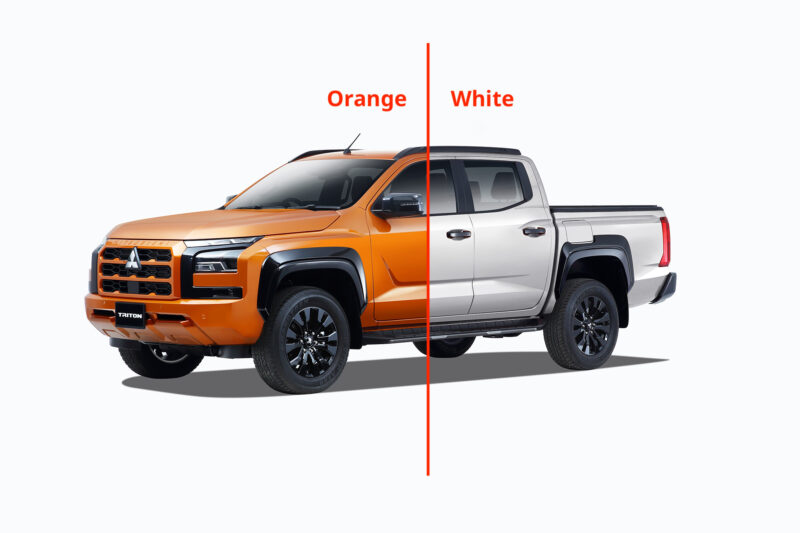Key Takeaways
- Professional photo retouching remains essential despite AI advancements, offering superior quality and creative control
- The industry combines human expertise with AI tools for optimal results and efficiency
- Three distinct levels of retouching (Basic, Intermediate, Advanced) serve different project needs
- Non-destructive editing and ethical retouching practices are crucial industry standards
- Modern retouching requires mastery of both traditional techniques and AI-powered tools
- Success depends on balancing technical skills with artistic vision and client requirements
Introduction
In today’s digital age, photo retouching has become an essential aspect of professional photography and digital marketing. While AI-powered photo editing tools are gaining popularity, there’s still an irreplaceable value in professional photo retouching that goes beyond what artificial intelligence can currently achieve. The landscape of photo retouching is evolving rapidly, with new techniques and technologies emerging that combine the best of human expertise with cutting-edge digital tools.
In 2024, the industry has seen significant innovations in non-destructive editing, AI-powered skin retouching, and advanced color grading techniques. These developments have transformed how professionals approach photo editing while maintaining the crucial balance between enhancement and authenticity.
Understanding Professional Photo Retouching
Photo retouching is a specialized form of image editing that enhances and refines photographs while maintaining their natural appearance. In the current era, virtually every professional photographer employs some form of retouching to perfect their images. Unlike basic photo editing, professional retouching requires extensive expertise in various aspects and must adapt to evolving industry standards and client expectations:
- Color correction and grading
- Lighting adjustment and enhancement
- Shadow and highlight manipulation
- Texture preservation and enhancement
- Perspective correction
- Detail enhancement
The Three Levels of Photo Retouching
1. Basic Photo Retouching
- Color correction and white balance adjustment
- Exposure optimization
- Basic spot removal and cleanup
- Cropping and straightening
- Basic skin retouching
2. Intermediate Photo Retouching
- Advanced color grading
- Selective adjustments
- Complex object removal
- Detailed skin retouching
- Shadow and highlight recovery
3. Advanced Photo Retouching
- High-end beauty retouching
- Complex compositing
- Advanced light manipulation
- Detailed texture enhancement
- Professional color grading
 360 degrees product digital photo retouching that was applied to be featured on web page for virtual viewing.
360 degrees product digital photo retouching that was applied to be featured on web page for virtual viewing.
Essential Photo Retouching Software and Tools
Professional Software and AI Solutions
- Industry standard for professional retouching
- Advanced layer management
- Extensive plugin support
- AI-powered tools for automated tasks
- Superior color editing capabilities
- Advanced tethering features
- Professional workflow management
- Real-time editing capabilities
- Excellent noise reduction
- Advanced lens corrections
- Superior RAW processing
- AI-powered ISO invariance
- Modern AI-Enhanced Tools
- Topaz Labs for noise reduction and enhancement
- Skylum-Luminar AI for automated editing
- ON1 Photo RAW for AI-powered portrait editing
- AutoRetouch for basic AI photo editing

Digital Image Retouching from Raw Studio Photography to Final Product Image
The Real-World Photo Retouching Process
1. Pre-Production Planning
- Understanding client requirements
- Determining the final output medium
- Planning the retouching workflow
- Setting up color management
2. Initial Assessment
- Evaluating image quality
- Identifying problem areas
- Planning retouching approach
- Creating backup copies
3. Basic Adjustments
- RAW file processing
- Global exposure corrections
- White balance adjustment
- Lens correction
4. Advanced Retouching
- Selective color adjustments
- Skin retouching and texture preservation
- Object removal or enhancement
- Shadow and highlight recovery
5. Final Touches
- Sharpening and noise reduction
- Color grading
- Output optimization
- Quality control

Digital Manipulating Colours from Orange To White with the same highlights and position
Professional vs. AI Photo Retouching: The Modern Approach
The Role of Professional Retouching
- Superior attention to detail and artistic vision
- Custom creative control and brand consistency
- Complex problem-solving capabilities
- Preservation of natural textures and authenticity
- Ethical considerations in image manipulation
AI-Assisted Professional Retouching
- Enhanced workflow efficiency
- Real-time feedback and visualization
- Automated basic corrections
- Consistent results for batch processing
- Time-saving for repetitive tasks
Limitations of AI Photo Retouching
- Limited handling of large output formats
- Insufficient resolution for physical banners and billboards
- Quality degradation in large-scale printing
- Memory constraints with high-resolution files
- Lack of creative interpretation
- Difficulty with complex lighting scenarios
- Limited understanding of brand guidelines
Finding the Right Balance
- Combining human expertise with AI capabilities
- Maintaining authenticity while enhancing images
- Adapting to industry trends and client expectations
- Focus on natural-looking results
- Ethical considerations in beauty standards
Specialized Retouching Techniques
Product Photography Retouching
- Focus stacking for complete sharpness
- Color accuracy maintenance
- Texture enhancement
- Reflection control
- Background optimization
Automotive Photography Retouching
- Paint finish enhancement
- Reflection management
- Color accuracy
- Complex masking
- Environmental integration
Fashion and Beauty Retouching
- Skin texture preservation
- Fabric detail enhancement
- Color harmony
- Natural look maintenance
- Consistent body proportions
Best Practices for Professional Photo Retouching
1. Work Non-Destructively
- Use adjustment layers
- Maintain original files
- Create multiple versions
2. Maintain Natural Appearance
- Preserve texture details
- Avoid over-processing
- Keep realistic lighting
3. Quality Control
- Check at multiple zoom levels
- Review on calibrated displays
- Verify in different color spaces
4. File Management
- Organize retouching stages
- Maintain version control
- Create appropriate backups
Common Challenges and Solutions
1. Complex Lighting Situations
- Solution: Multiple exposure blending
- Advanced masking techniques
- Selective adjustment layers
2. Color Accuracy
- Solution: Color calibration
- Reference chart usage
- Proper color space management
3. Detail Preservation
- Solution: Frequency separation
- Smart sharpening techniques
- Texture overlay methods
Conclusion
Professional photo retouching continues to evolve at the intersection of artistic expertise and technological innovation. While AI-powered tools have revolutionized basic editing tasks, the human element remains crucial in creating truly outstanding images. The industry is seeing a shift towards more ethical and authentic retouching practices, with brands increasingly favoring minimal retouching techniques that maintain authenticity while enhancing visual appeal.
The future of photo retouching lies in finding the perfect balance between technological advancement and human creativity. Professional retouchers who can effectively combine AI-powered tools with their artistic vision and technical expertise will be best positioned to meet the evolving demands of the industry.
Remember that successful photo retouching is a balance between technical skill, artistic vision, and understanding of client needs. Whether you’re a professional photographer, business owner, or marketing specialist, investing in quality photo retouching services can significantly impact your visual content’s effectiveness.

